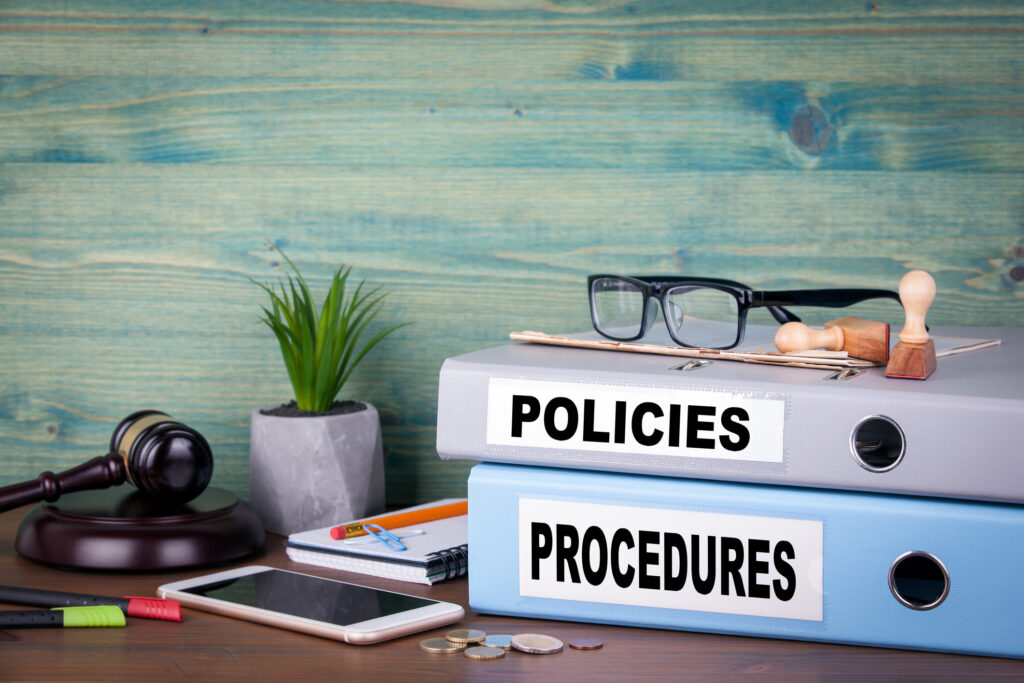Becoming a pro at brand marketing in real estate is key to your success. It’s how you connect with clients, build relationships, and stand out in a competitive market. In this comprehensive guide, we’ll walk you through the essential strategies for mastering brand marketing in real estate, from building a robust database to measuring brand performance.
Step 1: Build a Database
A comprehensive database of contacts and prospects is essential for effective brand marketing. Start by compiling a list of past clients, leads, and industry contacts. Keep your database organized and up-to-date by regularly adding new contacts and maintaining accurate records. Consider using customer relationship management (CRM) software to streamline database management and ensure no opportunities fall through the cracks.
Step 2: Source Real Estate Data
Real estate data is essential for driving your marketing efforts, providing the information necessary to fuel your strategies and make informed decisions. Explore various data sources, including those providing expired listings, properties for sale by owner (FSBO), and farming strategies. Remember to leverage online platforms and databases to gather valuable insights into market trends and property listings.
For a detailed guide on data management, refer to my blog on Data Management. [https://cocoamar.com/2023/12/14/data-management-a-totally-necesary-evil/]
Step 3: Develop a Communication Calendar
Consistent communication is critical to staying top-of-mind with your audience. Develop a communication calendar to plan and schedule regular outreach activities, such as email newsletters, social media posts, and direct mail campaigns. Tailor your messaging to your audience’s needs and preferences, and vary your content to keep them engaged and interested in your brand. Include various communication types like print (postcards, newsletters), electronic (email, social media, videos), phone/text, and in-person interactions to ensure consistent and comprehensive coverage across different channels.
Step 4: Enhance Brand Visibility
Brand visibility happens when you actively engage with your community and demonstrate your commitment to social welfare. Get involved in local events, sponsorships, and charitable initiatives to increase brand awareness and reputation. Show your audience that you’re more than just a real estate agentÑyou’re a trusted community member who cares about making a difference.
Step 5: Leverage Technology and Automation
Explore technology tools and platforms for real estate professionals, such as customer relationship management (CRM) software, email marketing automation, and social media management tools. These tools can streamline your marketing efforts, automate repetitive tasks, and provide valuable insights into your audience’s behavior. Invest time learning how to use these tools effectively to maximize their impact on your brand marketing strategies.
Additionally, consider adopting alternative technologies like virtual reality (VR) tours and drone photography to showcase properties in an immersive and engaging way. By leveraging technology and automation, you can enhance your efficiency, reach a wider audience, and stay ahead of the competition in the ever-evolving real estate market.
Step 6: Measure Brand Performance
Measuring brand performance is essential for evaluating the effectiveness of your branding and marketing strategies. Track key metrics and analytics, such as website traffic, social media engagement, and lead conversion rates, to assess the impact of your efforts. Use this data to identify areas for improvement and refine your approach to better align with your goals and objectives.
Step 7: Continuous Improvement
Brand marketing is an ongoing process of refinement and evolution. Monitor market dynamics and client needs, and adapt your brand identity and marketing tactics accordingly. Stay informed about industry trends, emerging technologies, and shifts in consumer behavior to anticipate changes and stay ahead of the curve. Regularly review your brand performance metrics to identify areas for improvement.
Seek feedback from clients and peers to gain valuable insights into their perceptions of your brand and marketing efforts. Use this feedback to refine your strategies, optimize your messaging, and enhance your brand experience. By embracing a continuous improvement mindset, you can ensure that your brand remains relevant, competitive, and resonant with your target audience in an ever-changing market landscape.







